I have written about research into the origins of life on this planet several times now, see posts of 9 March 2019 and 25 September 2021. One of the leading theories of how life began is called the ‘RNA World’ hypothesis, which asserts that before DNA and proteins became the major components of living creatures it was strands of RNA that both carried genetic information and served as catalysts for the chemical reactions needed for life. The big problem with the RNA World concept was that, although RNA can serve as catalysts they are considerable less efficient than the protein enzymes used by all modern living things.
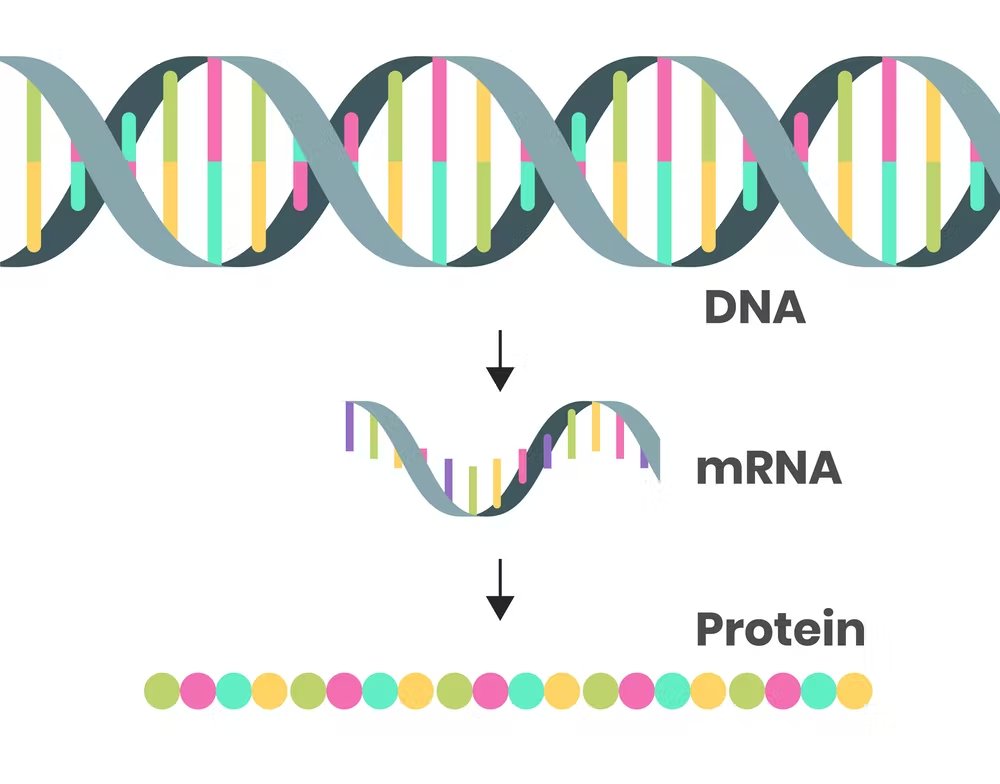
Now a new study, published in the journal Nature from biochemists at the Department of Chemistry at Ludwig-Maximilians University in Munich, Germany, claims to have solved that problem. The team began by looking at the way the proteins are manufactured in cells today. First a strand of DNA is copied as messenger RNA, mRNA. Then the mRNA moves to a structure within the cell known as a ribosome. As the mRNA moves through the ribosome it grabs amino acids from the surrounding tissue and, based on the information in the mRNA, builds a protein. The structure of the ribosome is therefore key in determining how the mRNA builds the protein, and curiously ribosome are themselves a combination of proteins and RNA strands.

The researchers therefore decided to fabricate their own ribosome out of synthetic RNA strands. This RNA only ribosome that the team produced was nevertheless able to synthesize a short pre-protein chain, called a peptide, from pieces of RNA. In this manner the team at Ludwig-Maximilians University have demonstrated a possible pathway for how an RNA based pre-living creature could have shifted from an RNA World to a more efficient RNA-Protein World. The chemists still have to work out how their RNA strands were able to eventually copy themselves into more stable DNA molecules but still the development of a proto-ribosome is a big step toward the goal of understanding how life began.
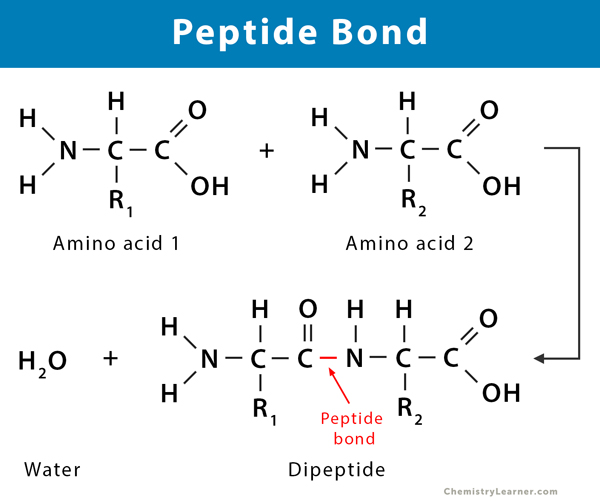
To keep life going however eventually sex was developed as a method for multi-cellular organisms to replicate. Now we’re all familiar with how human beings reproduce but other types of animals have many different ways of carrying out sex. For example in many species of fish the female lays her eggs on a flat surface and then the male fertilizes those eggs when they are outside of the female’s body.
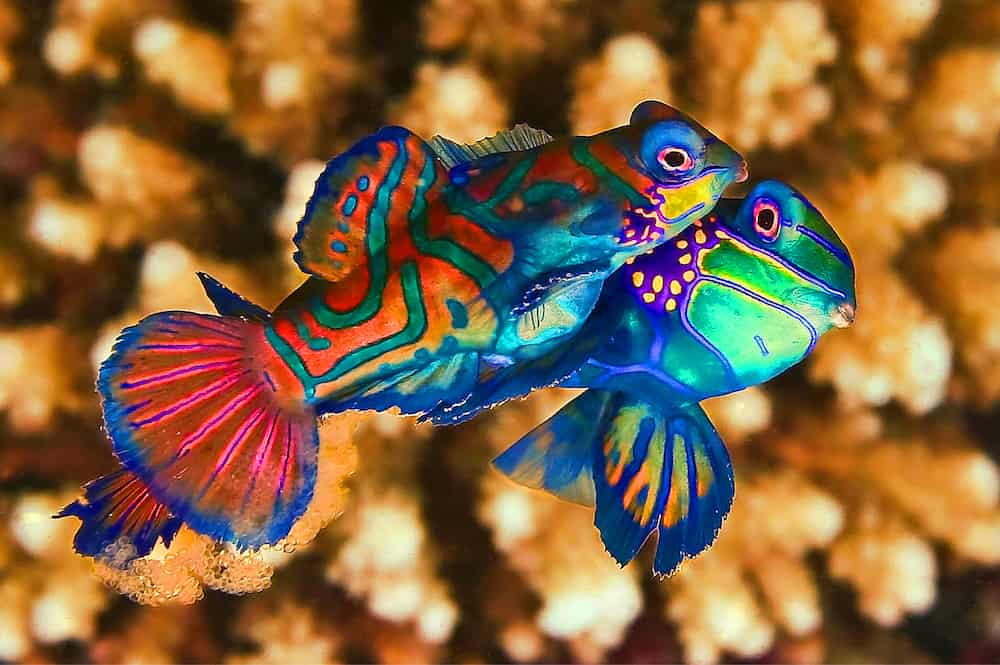
Paleontologists have lone sought to discover how early multi-cellular animals had sex and one of the earliest animals for which we have good fossil evidence are the trilobites. The exoskeletons of trilobites are very common as fossils because their top shell is reinforced with calcite making it hard enough to survive for hundreds of millions of years. Unfortunately the trilobites appendages, its legs and antenna, did not incorporate calcite so they are rarely preserved, and it would be among those appendages that we would be likely to find clues to the way trilobites mated.

One of the few fossil locations where the delicate legs of trilobites are preserved is the famous Burgess Shale of British Columbia in Canada. Hoping to find some evidence of trilobite mating behavior Ph.D. candidate Sarah Losso and her adviser Professor Javier Ortega-Hernández of the Department of Organismic and Evolutionary Biology at Harvard examined every known specimen of the trilobite species Olenoides serratus found at the Burgess Shale that was known to have some of its appendages preserved. The specimen that showed Losso the smoking gun of mating behavior wasn’t very promising at first glance, the trilobite’s head was nearly gone as was almost half of the body. Where those missing parts should have been however there appeared nine legs in an excellent state of preservation.
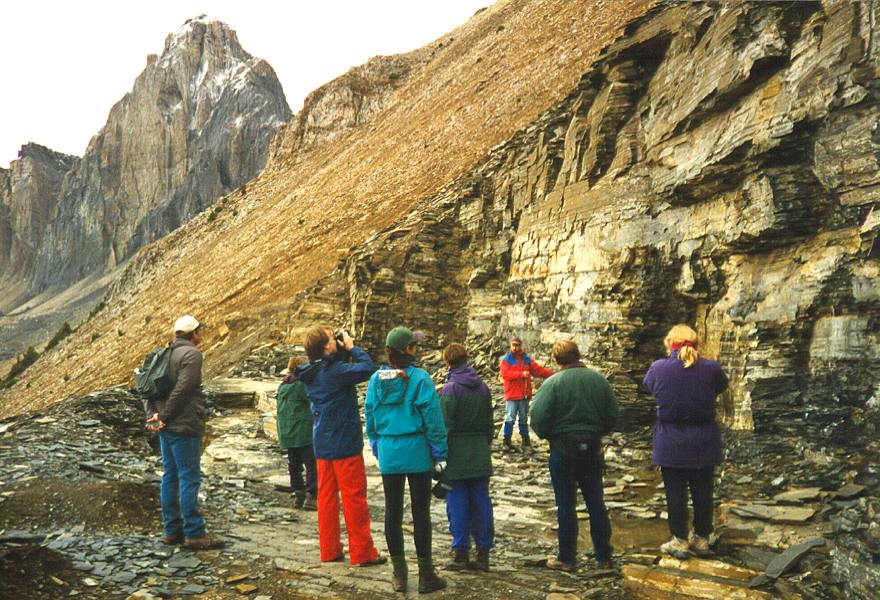
Seven of those legs were typical trilobite legs used not only for walking but for breathing and chewing as well. That’s right trilobite gills were on their legs and since trilobites had no jaws they used the part of their legs close to the body to ‘chew’ their food.
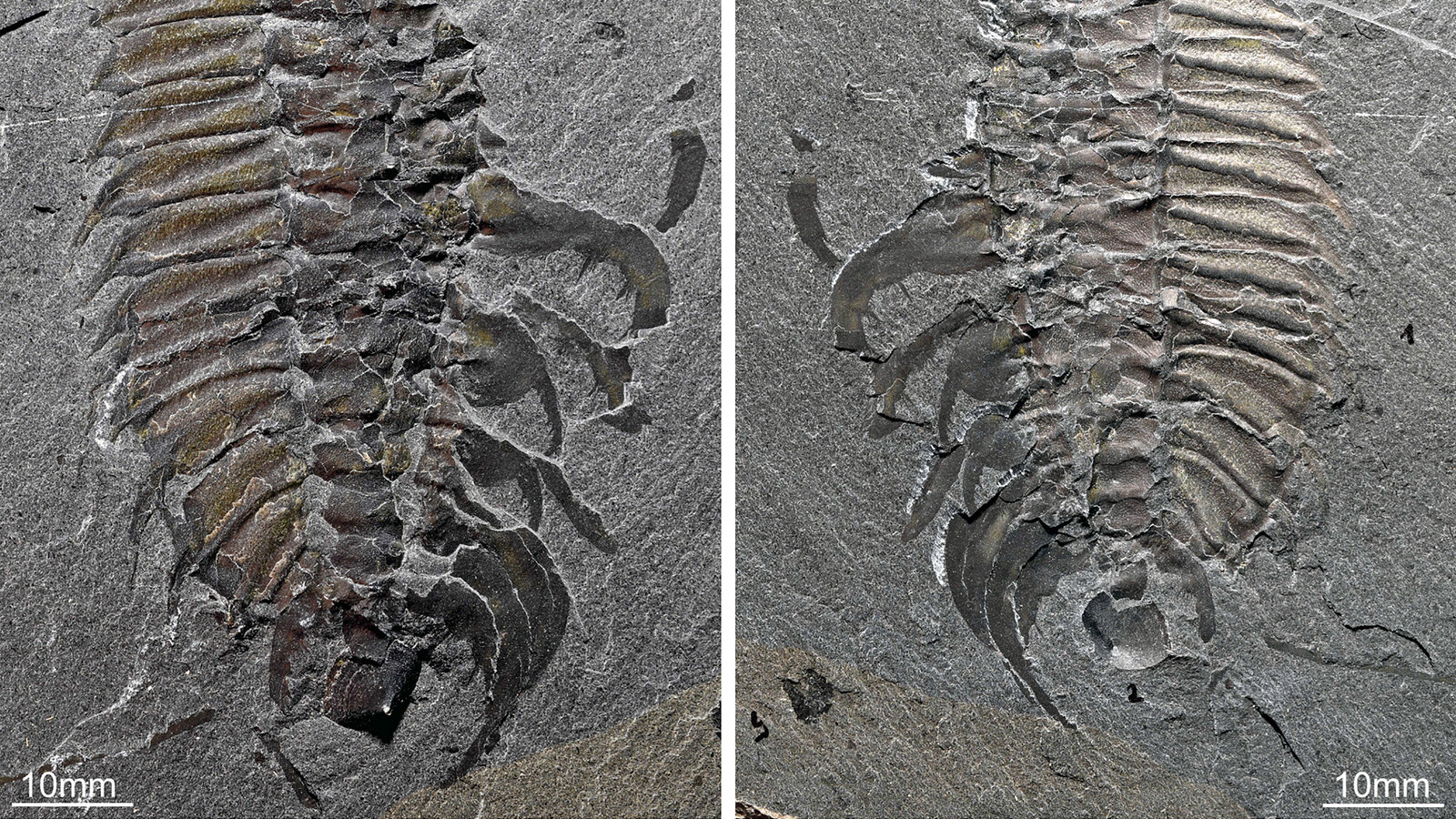
The remaining two legs were different however, being shorter and lacking any gill structures. To Losso they clearly resembled the grasping appendages of modern male horseshoe crabs known as claspers that are used by the male to grab spines on the female’s shell and hang on as she lays her eggs allowing the male to immediately fertilize them. The shells of Olenoides serratus possess exactly the same kind of spines so it is highly likely that the male trilobite could have used his claspers in the same way during sex.
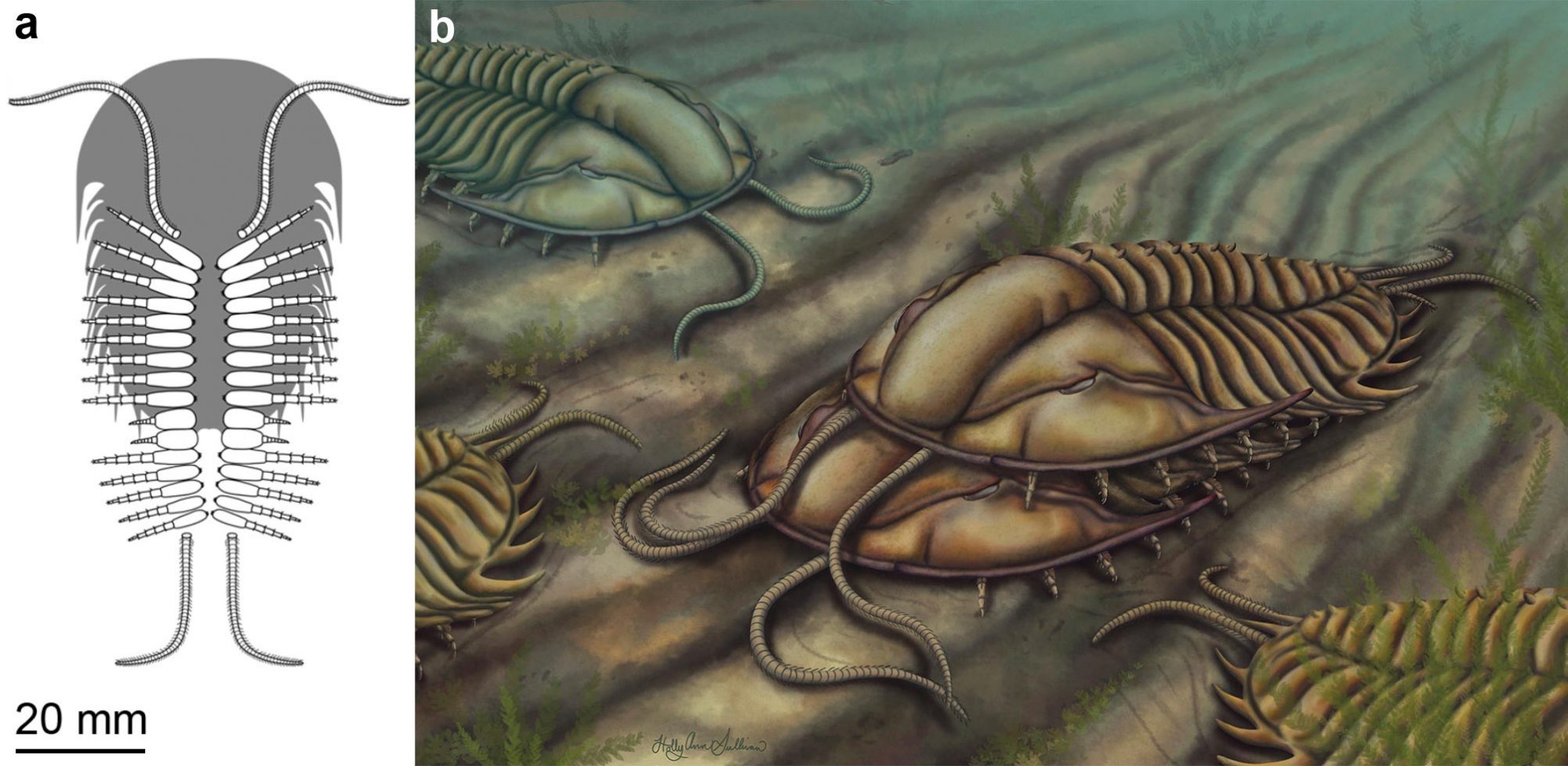
Now O serratus is only one of over 20,000 described species of trilobite, many of which do not have prominent spines for the males to grab during mating. Therefore it is probable that other trilobite species used other techniques during sex. Nevertheless the fact that one ancient species, O serratus who lived 520 million years ago, mated in the same fashion as a related species does today is a major discovery.
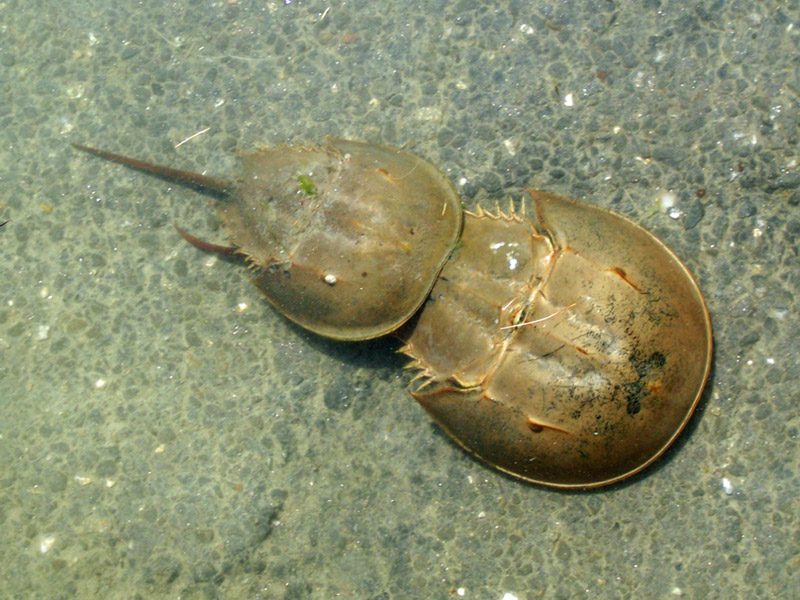
Finally today I would like to mention the unearthing of a specimen of an ancient dog like animal that lived 2 to 28 million years ago and roamed the forests and plains of what is today North America. The fossil was found during work on a construction project at the Otay ranch area of San Diego County in California back in 2019. Encased in two large pieces of sandstone and mudstone was a nearly complete skeleton of a member of a group of species known as Archeocyons, which means ancient dog.
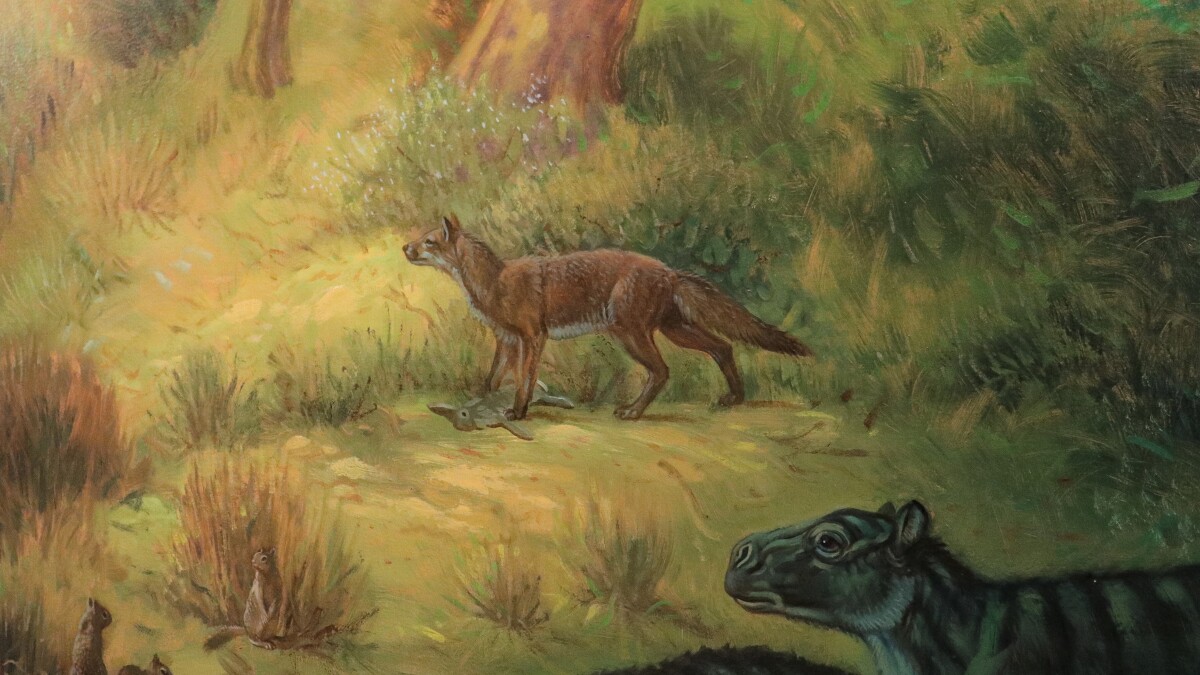

In life the animal would have been the size of a gray fox and based upon the shape of its legs it was capable to running long distances much as a modern canine does. However the animal’s teeth were a curious mixture of flesh cutting incisors up front with grinding molars in back indicating that the animal also ate a considerable amount of plant material, unlike modern canines. It is not yet known if the specimen from San Diego represents a new species or not, the fossil bones are going to be examined by an expert in Archeocyons from the Natural History Museum of Los Angeles County. Nevertheless a nearly complete skeleton of an ancient canine will certainly tell us a great deal about how man’s best friend evolved.
